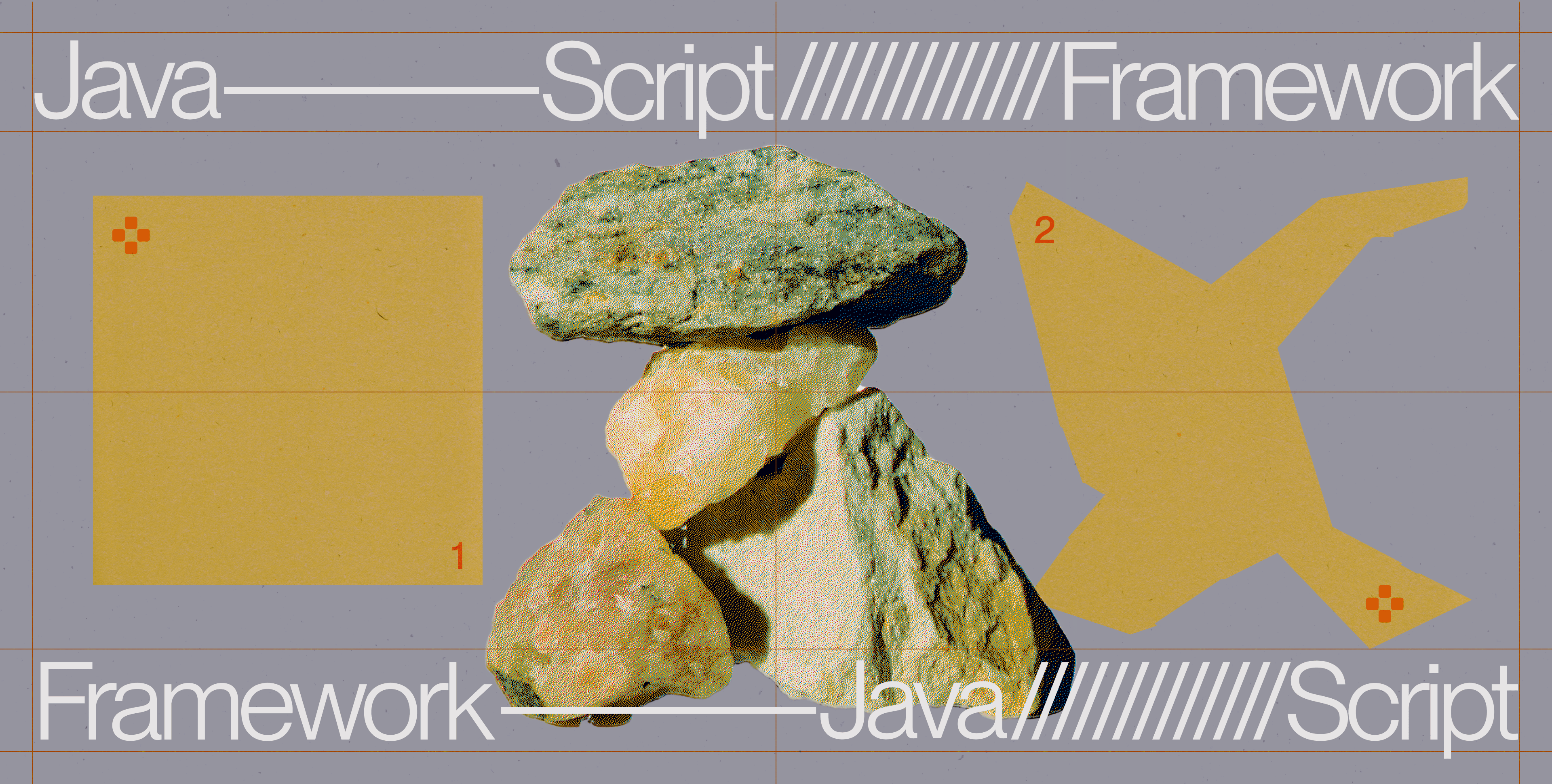Outline:
Imagine browsing the web without JavaScript – it’s almost like picturing a city without cars. JavaScript is essential, running behind the scenes on almost every website you visit. As we step into 2025, it’s more than just a programming language; it’s a key player in web development that shapes how websites look and work.
The story of JavaScript frameworks is all about making things easier and more powerful for web developers. These JavaScript frameworks have grown from basic tools like jQuery, which made websites interactive quickly, to more complex ones like Angular JavaScript framework, React, and Vue.js, which let developers build entire web applications.
This article will take you through the JavaScript most popular frameworks of 2025. We’ll look at what makes each one special, who should use them, and what’s new this year. Whether you’re just starting out or you’ve been coding for years, this guide will help you pick the right JavaScript framework for your next project.
Also See: How to Hire JavaScript developers
JavaScript Framework: Definition
A JavaScript framework is a collection of JavaScript code libraries that provide developers with pre-written code to use for routine programming features and tasks. Essentially, it is a toolkit that helps you build websites and applications more efficiently. Why? Let’s explore.
These JavaScript frameworks are collections of pre-written code, like pre-fab components for buttons, menus, and more. They also provide established building patterns, like a universal language for different developers to work together on the same project. Think of it like IKEA furniture for the web – familiar pieces that come together following clear instructions.
JavaScript Framework Advantages
The benefits are numerous. First, JavaScript frameworks save you tons of time. No need to reinvent the wheel for common features; you can grab them right off the shelf. This frees you up to focus on the unique aspects of your project, the creative spark that sets it apart.
Secondly, JavaScript frameworks promote clean and efficient code. They bake in best practices, ensuring your website is secure, organized, and easy to maintain – like following a well-worn path that leads to a sturdy structure. This becomes even more crucial when multiple developers are working on the same project; everyone speaks the same coding language.
But JavaScript frameworks aren’t just about efficiency – they unlock powerful features too. Imagine data that seamlessly updates your website without a full refresh, creating a smooth and responsive user experience. Or complex navigation that guides users through your web app with ease. JavaScript frameworks can handle these complexities with pre-built tools, making your website feel more like a well-oiled machine.
The best part? You’re not alone on this journey. Popular JavaScript frameworks boast large and active communities. If you get stuck, there’s a whole network of developers ready to lend a hand, share extensions, and offer tutorials. It’s like having a friendly neighborhood expert always on call.
Thus, using a JavaScript framework can make web development projects quicker, more efficient, and often result in a more reliable end product. These tools have become indispensable in the modern web developer’s toolkit, making it easier to create complex applications that serve millions of users worldwide.
The Most Popular JavaScript Frameworks of 2025
Moving on to the JavaScript frameworks themselves, let’s dive into the details of the JS most popular frameworks that are shaping the landscape in 2025. Before we start, it’s crucial to distinguish between those designed for frontend development, which primarily deals with the user interface and experience, and backend JavaScript frameworks, which handle the server-side logic and data management.
Frontend JavaScript Frameworks
Frontend JavaScript frameworks are essential for creating responsive and interactive web interfaces. They help developers efficiently manage and deploy dynamic changes to the visual elements of a web application that users interact with directly. Here’s a closer look at the leading frontend JavaScript frameworks:
React
React has become synonymous with modern web application development. Its declarative programming model and efficient data handling make it a go-to for developers looking to build high-performance interactive user interfaces.
React shines with its declarative programming style. Instead of writing intricate instructions on how to update the UI, developers simply describe the desired UI state. React then efficiently calculates the most efficient way to achieve that state on the screen. Imagine outlining the end goal for your UI, and React takes care of the complex steps to get you there.
- Key Features: React utilizes a virtual DOM, a lightweight representation of the actual DOM (Document Object Model) that the browser uses. When changes occur, React calculates the minimal differences between the virtual DOM and the real DOM, and only updates the necessary parts in the browser. This significantly improves performance, especially for frequently changing UIs.
- Benefits and Considerations: React leverages a component-based architecture. These components act as reusable building blocks, encapsulating both UI elements and their functionalities. This approach promotes code organization, maintainability, and fosters collaboration, as developers can easily share and reuse components across the application. Imagine creating Lego-like components that can be combined to form complex and dynamic UIs.
The main strength of React lies in its vast ecosystem and active community, providing a wealth of resources and third-party tools. However, this can also pose a challenge for beginners who might find the extensive selection overwhelming. - In Action: Major websites like Instagram and WhatsApp leverage React JavaScript Framework not just for its performance, but also for its ability to integrate seamlessly with other libraries and frameworks.
- 2025 Updates: The latest release of React includes Hooks, which provide a more direct API to react features like state and context without classes, and improvements to concurrent mode for smoother user experiences even in complex applications.
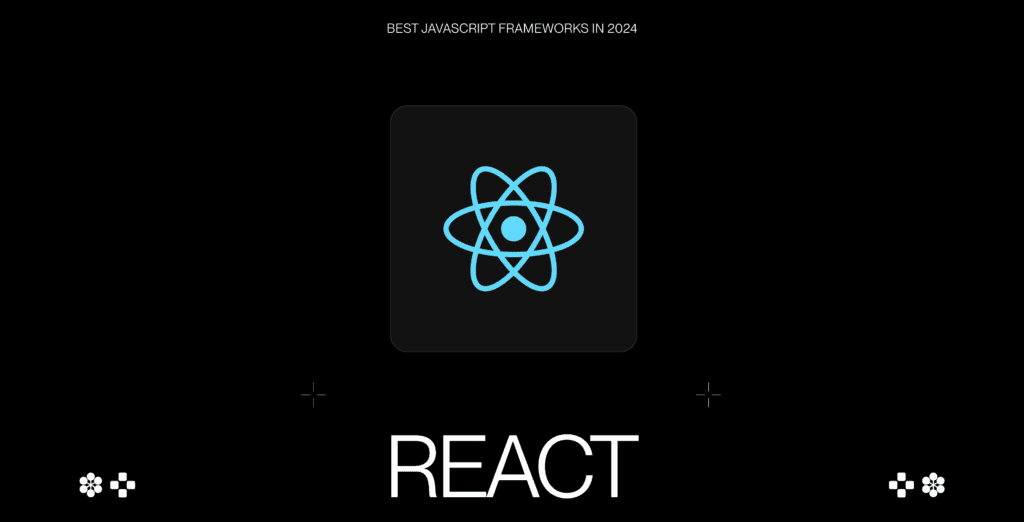
Next.js React Framework
Although Next.js is fundamentally a React framework, we at Ester Digital utilize it extensively due to its powerful and flexible architecture. It supports our goal of delivering cutting-edge solutions that are not only highly functional but also optimized for search engines and performance, making it a cornerstone of our development toolkit.
Next.js extends React’s capabilities to include features like server-side rendering and static site generation, providing a robust solution for developers aiming to optimize SEO while maintaining a rich user interface.
- Key Features: It offers out-of-the-box features such as automatic code-splitting, optimized prefetching, and robust routing solutions. Code-splitting breaks down the application into smaller bundles, ensuring only necessary code loads initially. Prefetching anticipates user interactions and fetches the required data beforehand, minimizing perceived load times.
- Benefits and Considerations: Next.js is ideal for projects that benefit from SEO and require fast initial page loads. While it adds a layer of complexity to React applications, the payoff in performance and user engagement can be significant.
- In Action: Companies like Hulu, who demand a high-performant, SEO-friendly platform, rely on Next.js to deliver content efficiently to a global audience.
- 2025 Updates: The framework has introduced advanced image optimization, API routes enhancements, and features to support internationalized routing.
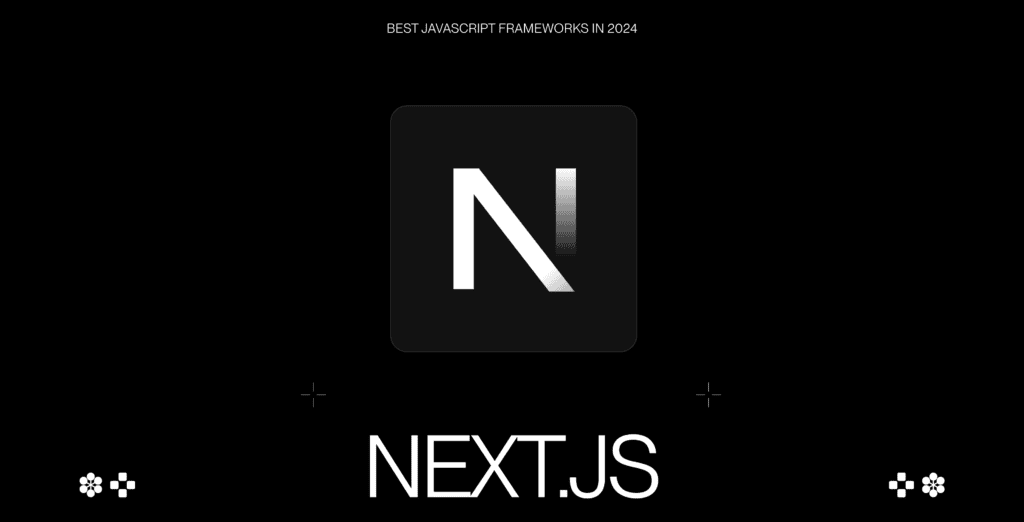
Vue.js JavaScript Framework
Vue.js JavaScript Framework stands out for its approachable nature, making it a favorite for developers of all experience levels. Its detailed documentation and intuitive syntax, featuring a template system and a reactive core, allow for rapid development of complex applications. Vue.js also offers a robust CLI (Command Line Interface) that streamlines project setup and configuration, saving developers valuable time.
- Key Features: Vue’s JavaScript Framework template syntax and reactivity system make it straightforward to build complex applications quickly. It also features a CLI that boosts productivity by handling project scaffolding and configuration.
- Benefits and Considerations: Vue’s gentle learning curve and ability to scale smoothly from a library in a multi-page scenario to a fully-fledged framework make it particularly versatile. However, its flexibility can sometimes lead to less predictable code, which may be a concern for projects requiring more rigid structure.
- In Action: The likes of Alibaba and Xiaomi leverage Vue.js’ capabilities to build dynamic and interactive front-ends that efficiently handle millions of users.
- 2025 Updates: Recent enhancements of Vue.js JavaScript Framework focus on improving its TypeScript integration and a reworked reactivity system that further simplifies state management.
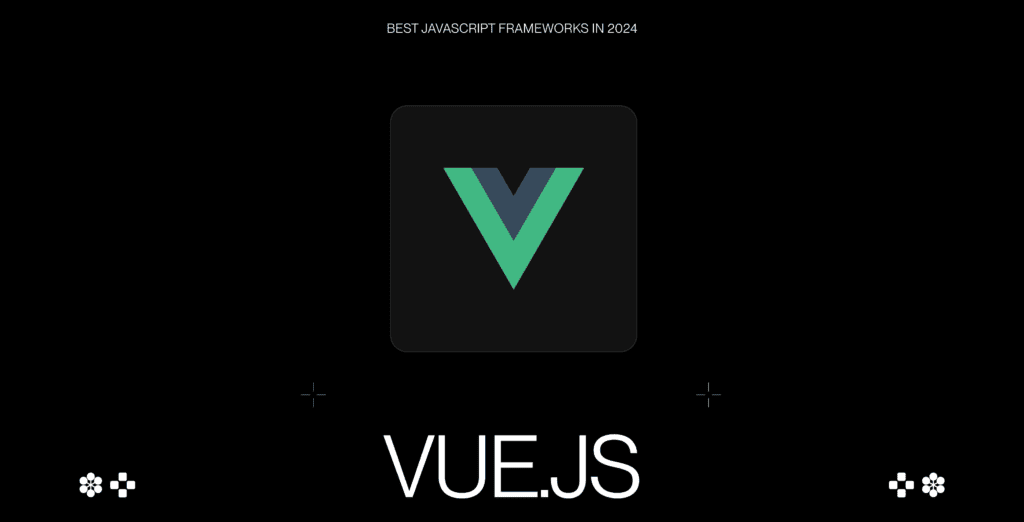
Backend JavaScript Frameworks
Backend JavaScript frameworks are crucial for managing server-side operations, data handling, and application logic. They are vital for processing incoming requests, interacting with databases, and ensuring that the business logic of applications is executed properly. Here’s an overview of the top backend JavaScript frameworks:
Express Web Framework
Express.js has become a cornerstone framework within the Node.js community, renowned for its minimalist approach and exceptional efficiency in building web applications and APIs.
- Key Features: Express.js prioritizes a lightweight and streamlined core, focusing on the essential building blocks for web applications. This simplicity translates to exceptional performance, making it ideal for building high-traffic web services and APIs. Despite its minimalist core, Express provides robust routing capabilities. Developers can define specific URL patterns and associate them with corresponding handler functions. Additionally, middleware functions act as powerful intermediaries, allowing developers to intercept requests and responses, perform actions like authentication or logging, and ultimately customize the application’s behavior.
- Benefits and Considerations: Express’s minimalist structure makes it highly adaptable but can sometimes lack the robustness needed for complex applications without considerable customization.
- In Action: The efficiency and scalability of Express.js make it a popular choice for high-traffic web services. Giants like Twitter and BBC leverage Express’s capabilities to handle millions of requests daily.
- 2025 Updates: Recent updates have focused on improving middleware support and enhancing security features to better safeguard applications.
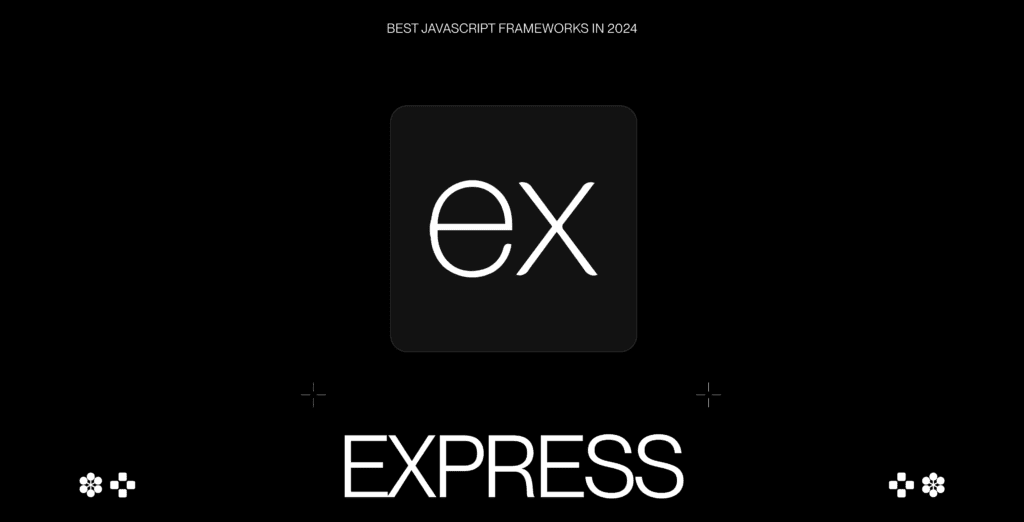
Nest.js Framework
Nest.js carves a niche in the Node.js landscape by extending the popular Express.js framework. It injects several powerful features, making it a go-to choice for building robust and scalable server-side applications.
- Key Features: Nest.js embraces TypeScript as a primary language, providing developers with the benefits of static typing, improved code maintainability, and reduced runtime errors. This emphasis on type safety fosters a more structured and predictable development experience. Nest.js goes beyond simply adding TypeScript. It incorporates a blend of Object-Oriented Programming (OOP) principles for code organization, Functional Programming (FP) for cleaner and more predictable code, and Functional Reactive Programming (FRP) for handling asynchronous data flows effectively. This combination empowers developers to write cleaner, more maintainable, and scalable code. Nest.js eliminates the need to reinvent the wheel when it comes to application architecture. It provides a well-defined, modular structure out-of-the-box. This modularity promotes code organization, simplifies testing, and lays the foundation for building scalable applications.
- Benefits and Considerations: Nest.js shines in projects demanding efficiency, reliability, and scalability on the server-side. Its modular architecture and emphasis on type safety make it ideal for complex applications with large codebases. However, the learning curve for Nest.js can be steeper compared to some JavaScript frameworks. Developers unfamiliar with TypeScript or advanced programming paradigms might require additional investment in learning these concepts to leverage Nest.js fully.
- In Action: Companies like Adidas and Decathlon utilize Nest.js for its robust, modular structure that supports complex business logic and large-scale applications.
- 2025 Updates: The 2025 updates focus on strengthening Nest.js’ capabilities in two key areas: microservices architecture and GraphQL integration. Microservices enable developers to decompose complex applications into smaller, independent services, fostering greater flexibility and scalability. Integration with GraphQL allows for a more efficient and flexible approach to data fetching within APIs. These advancements solidify Nest.js’ position as a powerful tool for building modern and high-performance backends.
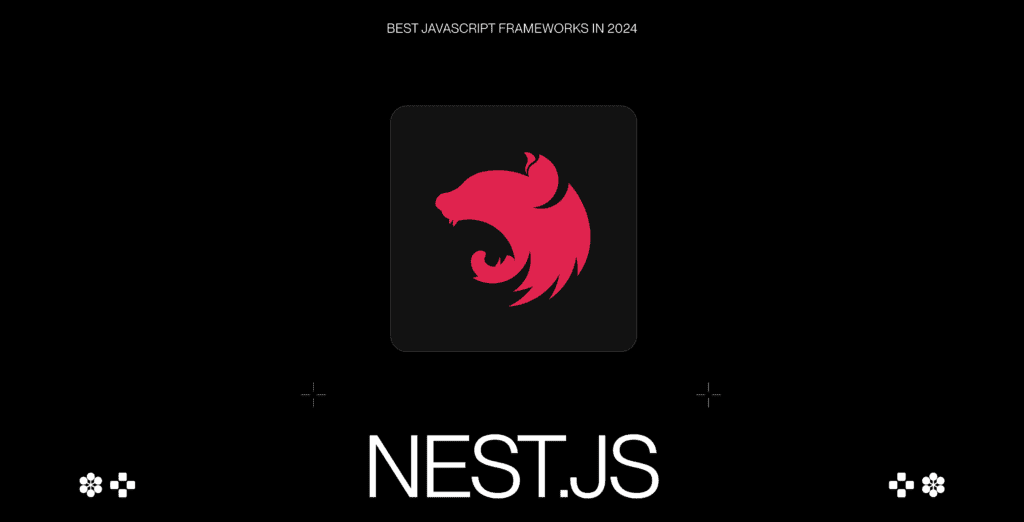
Fastify Web Framework
Fastify has carved a reputation for speed and efficiency. Designed with a laser focus on low overhead and blazing-fast performance, it surpasses even Express.js in raw execution speed.
- Key Features: Fastify prioritizes lightweight execution and minimal resource consumption. This translates to quicker server-side logic execution and low-latency responses, making it ideal for applications handling high volumes of requests or requiring real-time data processing. Imagine a Formula 1 race car built for the digital world – that’s Fastify.
- Benefits and Considerations: Fastify embraces a minimalist approach, providing a core framework that prioritizes speed over extensive built-in features. This keeps the framework lightweight and unopinionated, allowing developers to tailor it to their specific needs. However, for complex applications, this might necessitate the use of additional plugins and configurations to achieve the desired functionality.
- In Action: Fastify is utilized by companies that prioritize performance and efficiency, particularly in IoT and real-time data services.
- 2025 Updates: The 2025 update introduces significant enhancements in Fastify’s schema-based validation capabilities. This empowers developers to define data structures for request bodies and responses, ensuring data integrity and simplifying the process of building and maintaining scalable APIs.
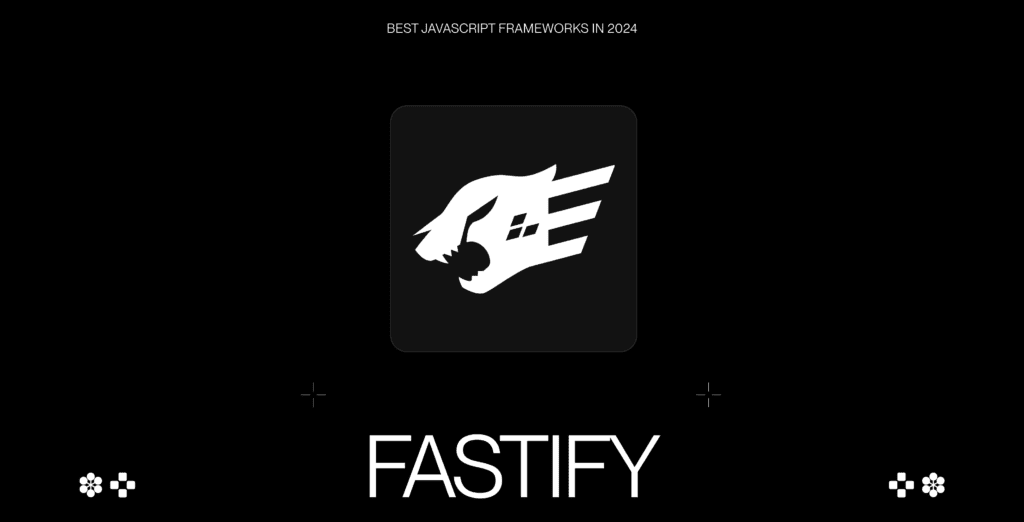
On a Final Note
As you’ve seen, JavaScript frameworks offer a powerful and versatile toolkit for building modern web applications. Whether you’re a seasoned developer or just starting your journey, there’s a JavaScript framework perfectly suited to your needs and project goals.
The key takeaway? Understanding the strengths and considerations of each framework empowers you to make informed decisions.
Selecting the right JavaScript framework can feel overwhelming, but you don’t have to navigate it alone. Ester Digital boasts a team of experts passionate about helping businesses leverage the latest technologies. Contact us today and we’ll guide you through the options to find the best JavaScript framework fit for your needs.

